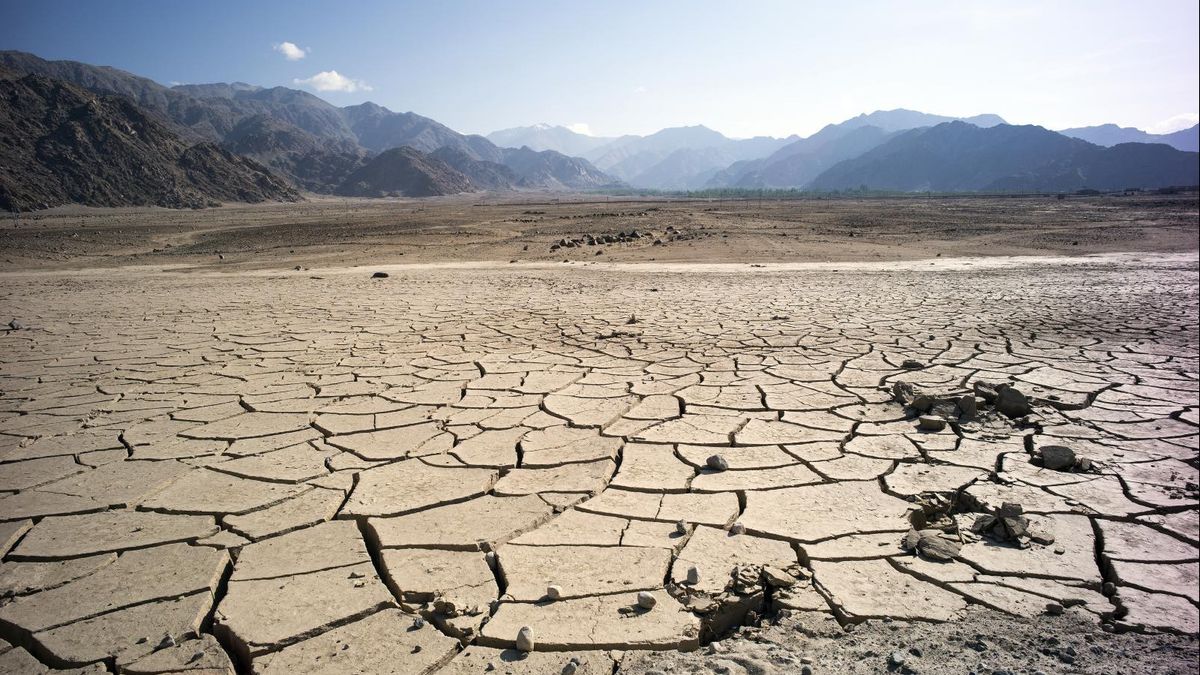JAKARTA - Most areas of India from northwest to southeast are gearing up to face warmer heat earlier this week, with New Delhi under extreme weather warnings, while extreme temperatures hit parts of the country.
India's Department of Meteorology, which issued heatwave warnings for seven southern and central states last week, expanded it to the capital and several northern states on Monday, as temperatures have penetrated normal levels.
The department warns that the intense heat will continue for the next few days before it subsides as the rain arrives. However, the southwestern muson wind is slightly delayed this year, predicted to start blowing in the first week of June, keeping the temperature high for some time.
As extreme temperatures of 45 degrees Celsius (113 degrees Fahrenheit) hit the northern state of Uttar Pradesh, some areas experienced power outages lasting more than 12 hours, although in March there was an order for all power plants in the country to operate at full capacity to reduce power outages.
The state's heatwave is likely to continue for another two days, a department official said Monday, as reported by AP May 24.
Hundreds of frustrated citizens protested outside a power plant near the state capital Farhad, blocking roads over the weekend.
"Electricity damping means no air conditioning, no fans, and even no water. The intense heat has made our lives unbearable and the lack of electricity adds to our suffering," said Ramesh Gupta, a resident of Lucknow.
He said his wife was forced to sleep in the car over the weekend with a high room cooler so that their 9-month-old baby would stop crying.
In addition, the intense heat forced many residents of the city to seek shelter indoors.
"We have been prisoners from an unrelenting summer because no one wants to leave the house," said a teacher named Sudhir Sehgal.
Meanwhile, a garden tukan named Sukhai Ram said he was forced to put down his equipment due to unbearable heat.
"I can't work anymore. I'll be working after sunset," he said, sweating.
Not only during the day, the night temperature also increases, triggering an increase in electricity demand to run air conditioning and fans.
另请阅读:
Temperatures in much of India are always high in the main months of the summer, April, May and June, before the rainy season brings colder temperatures. However, temperatures have become hotter in the past decade. During heat waves, the country is usually also experiencing severe water shortages, with tens of millions of its 1.4 billion population lacking clean water.
A study conducted by World Weather Attribution, an academic group researching extreme heat sources, found heat waves in April that hit parts of South Asia, likely due to climate change.
The hot temperature left 13 people dead at a government event last month in India's financial capital Mumbai, prompting several states to close all schools for a week.
The English, Chinese, Japanese, Arabic, and French versions are automatically generated by the AI. So there may still be inaccuracies in translating, please always see Indonesian as our main language. (system supported by DigitalSiber.id)

















